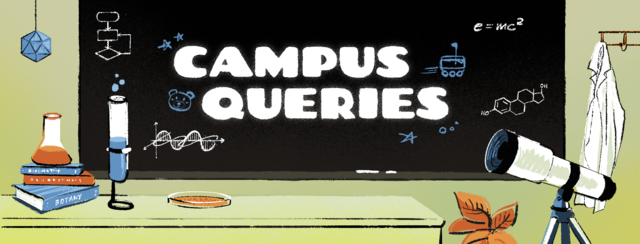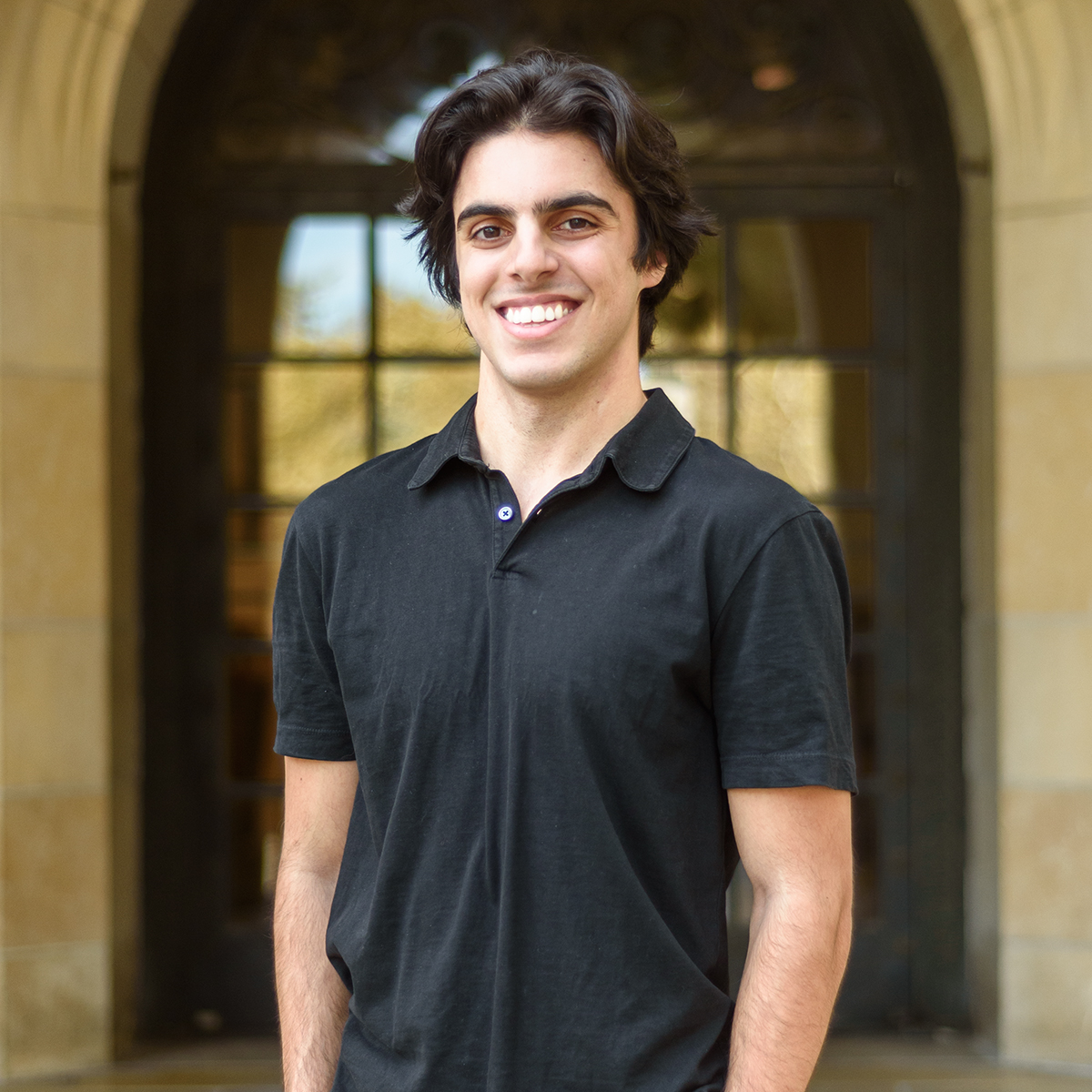Campus Queries: What would COVID-19 immunity look like, and how can one achieve it?

(Isabella Lee/Illustrations director)
This post was updated June 5 at 2:32 p.m.

Campus Queries is a series in which Daily Bruin readers and staff present science-related questions for UCLA professors and experts to answer.
Q: What would COVID-19 immunity look like?
A: Almost 72% of all Californians have been fully vaccinated against the COVID-19 virus, according to the Los Angeles Times. However, the threshold for achieving herd immunity against the coronavirus both in the United States and globally may still be higher, UCLA experts said.
Theoretically, a population would reach herd immunity if enough people have developed antibodies for a particular disease either by being vaccinated or from prior infection, according to Dr. Monica Jazzabi, medical director of the Arthur Ashe Student Health and Wellness Center, in an emailed statement.
Dr. Shangxin Yang, a clinical assistant professor in pathology and laboratory medicine, said there is currently no way to get permanent immunity against COVID-19, but timely boosters can significantly help prevent infection.
Yang, who is also the assistant medical director of the UCLA Health Clinical Microbiology Laboratory, said immunity against diseases such as measles, rubella and mumps lasts long term – and potentially for a lifetime – because enough of the population has been vaccinated to achieve permanent herd immunity. As a result, these diseases are largely eradicated. Herd immunity against COVID-19, however, is transient because the nature of the virus requires boosters to maintain immunity, he added.
One of the challenges to achieving herd immunity is that emerging COVID-19 variants could reinfect both vaccinated and unvaccinated individuals, indicating neither natural immunity nor vaccine-induced immunity are accurate indicators of acquired lifelong immunity, Jazzabi said.
Surges in the number of people infected by COVID-19 can be very unpredictable, especially because the virus mutates quickly, Yang said. However, getting a booster shot ahead of interaction-heavy seasons, such as winter and summer – when many people are gathering together or traveling – can provide an extra layer of protection, he added.
Q: How is our progress so far in achieving COVID-19 immunity?
A: The number of people gaining immunity to the virus is increasing every day, Jazzabi said.
“In the past year, a lot more people got vaccinated, so then we have a lot more herd immunity compared to a year ago,” Yang said. “So last year, I did not feel comfortable to take my kids to all events. This year, I’m very comfortable because I know that the risk is a lot lower.”
Vaccines have been very effective in improving health and immunity prospects during the pandemic, Jazzabi said. Around 98% of UCLA students are up to date on the COVID-19 vaccine, according to the UCLA COVID-19 dashboard, Jazzabi added.
More people are becoming immune as the increasing number of vaccinated UCLA students mirrors a similar trend across the entire country. Furthermore, more than 83 million people in the U.S. report confirmed past infections, Jazzabi said.
Yang said the virus has evolved over time, and the omicron variant marked a shift in the severity of the disease. Omicron typically caused less lower respiratory infection and milder infections and symptoms, he said. Although the virus has become similar to the common cold, individuals should still remain cautious around at-risk or immunocompromised individuals, he added.
Q: What can be done to achieve immunity and protect all of us from COVID-19 moving forward?
A: “The best step people can take to protect themselves and their community is to stay up to date on vaccinations, test often and practice appropriate safety protocols,” Jazzabi said.
In regard to what students should expect in the coming summer sessions and fall quarter at UCLA, the UCLA COVID-19 Response and Recovery Task Force said in an emailed statement that campus authorities are staying up to date on relevant case data and mitigation plans.
“We are committed to maintaining as much of an in-person experience as circumstances allow, and our current plans are to be fully operational during the summer. But that is subject to change,” the task force added.
Although in-person interaction is invaluable for education, Yang said, he believes the hybrid learning model will continue in the next school year in order to maintain flexibility in case of a surge in COVID-19 cases.
Jazzabi said in light of the recent spike in cases on campus and throughout LA, COVID-19 will likely continue to reappear in the population for some time.
“The most important thing is to understand … that it’s (the virus is) always going to come back during the winter, so get prepared to get boosted every year,” Yang said. “I’m just glad that we got to this point that we can get on with our lives.”



